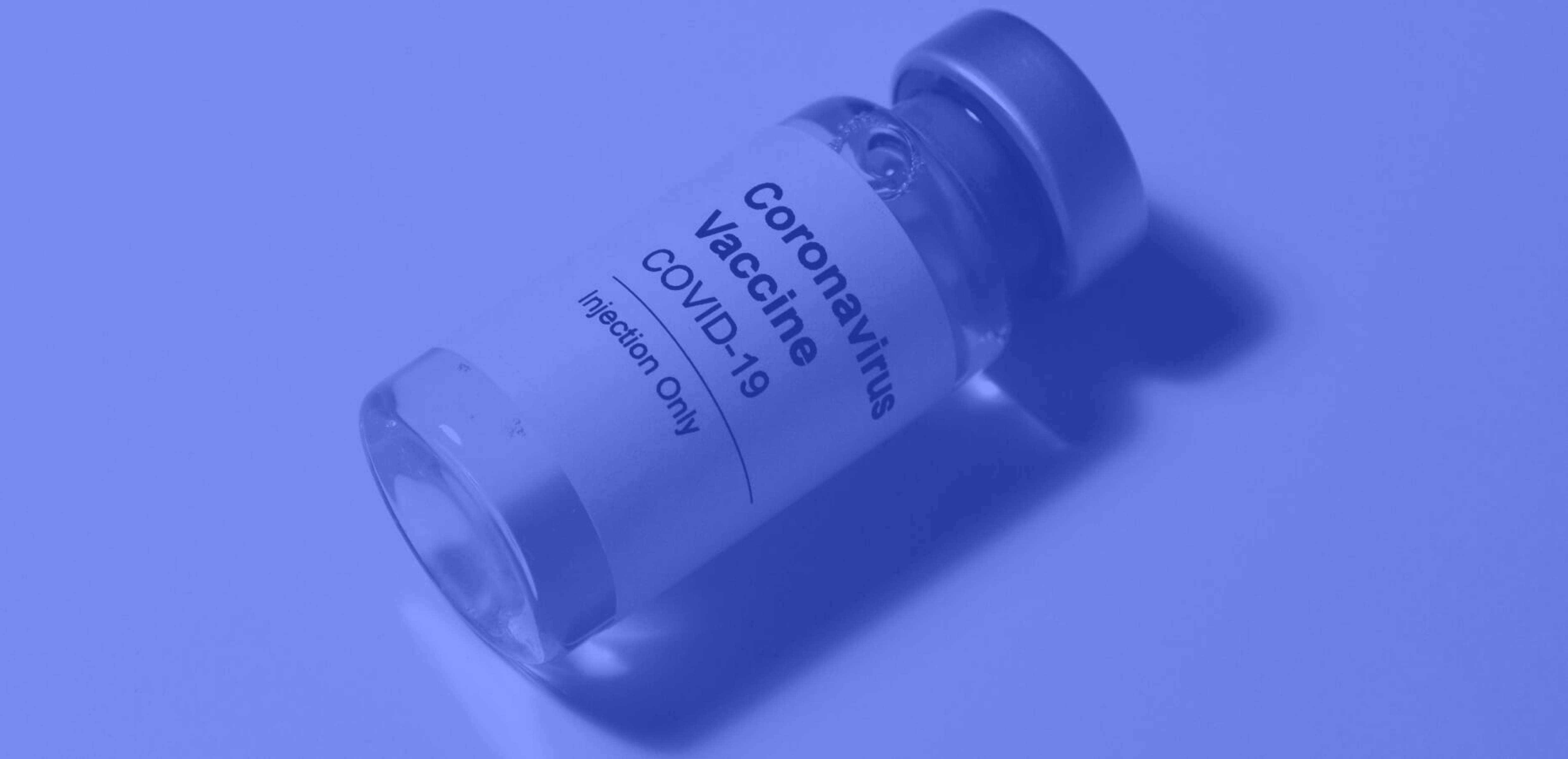Has the Covid Vaccine Accelerated Our Return To Normal or Not?

Men are more willing than women to return to life before the pandemic.
As Covid-19 vaccines continue to roll out across the world, how much have attitudes about going out really changed since last year? Even with the vaccinations and up-to-date safety measures that have been implemented over the last nine months, do people feel comfortable getting back to normal activities, or are they still being careful and waiting before resuming their regular activities?
Invisibly used it’s Realtime Research tool to poll 1044 Americans to find out how they feel about returning to their life activities right now during current pandemic circumstances. We then compared the results to an identical survey conducted in July 2020.
Highlights
- Men are much more willing than women to return to normal activities in nearly every category.
- Younger people are feeling more cautious than other ages about resuming regular activities.
- We have not made as much progress in our return to normal as predicted by our survey back in July 2020.
Additional Highlights
- 55% of respondents said they would consider dining at a restaurant.
- 47% of respondents said they would consider going to the gym.
- 61% of respondents said they would consider going to the dentist.
- 63.5% of respondents said they would consider getting a haircut.
- 55% of respondents said they would return to working in an office.
Results
When asked which activity they are returning to doing now that they weren’t as willing to do last year, over 63% of respondents said they were now getting haircuts compared to 51% who were willing to go out for one nine months ago. 61% of people are willing to see the dentist now, compared to only 49% in July 2020. More than half of people, 55%, were now willing to return to work in an office, and the same percentage is also willing to now visit dining establishments. The biggest jump in comparison to results from nine months ago came from people now returning to the gym with 47% saying that they now would compared to only 30% who said they would in July 2020.
We compared the results to an identical survey we sent out in July 2020 in order to gauge how people are feeling about resuming regular activities after nine months. The comparison shows that 55% of people are willing to go out to a restaurant now compared with 44% who said they would nine months ago. The number of people who said they would still wait six months or more to return to dining out again went down to 17% compared with 25% who said they would wait nine months ago.

47% of people are willing to go to a gym now compared with just 30% who were willing to go nine months ago. People who will still wait up to two more months to return to the gym were at 11% compared with 14% nine months ago. Those wanting to wait 3-6 months to return to the gym were at 12% compared to 14% nine months ago. People who are choosing to wait over six months to return to the gym went down to 30% compared with 43% in July 2020.

61% of people are willing to visit the dentist now compared to 49% who were willing to do it nine months ago. 12% will wait 1-2 months, 11% will wait 3-6 months, and 16% say they will wait 6+ months.

The survey revealed that compared to nine months ago, 63.5% of people are willing to go out for a haircut; a jump from 51%. 11% plan to wait 1-2, nearly 8% plan to wait 3-6 months, and nearly 18% plan to wait 6+ months.

When asked if they would be willing to return to working in an office, 55% said they were willing to do that now compared with 34% who said so nine months ago. Those wanting to wait another six months or more to return to working in an office went down to 24% compared to 38% who said so in July 2020.

48% of respondents in the current survey identified as female, 43% identified as female and 9% identified as non-gender conforming.

In the current survey, 34% of respondents were under 18-years-old, 10% were between the ages of 18-24, 14% of respondents were aged 25-40, 14% were aged 41-54, and 28% of respondents were 66 and over.

In the current survey, 71% of respondents who identified as male would consider dining at a restaurant now, compared to 58% of respondents who identified as woman and 36.8% of people who identified as non-binary.

In the current survey, 63% of respondents who identified as male would consider going to a gym now, compared to 43% of respondents who identified as woman and 29% of people who identified as non-binary.

In the current survey, 73% of respondents who identified as male would consider going to the dentist now, compared to 62% of respondents who identified as woman and 26% of people who identified as non-binary.

In the current survey, 78% of respondents who identified as male would consider getting a haircut now, compared to 62% of respondents who identified as woman and 34% of people who identified as non-binary.

In the current survey, 67.39% of respondents who identified as male would consider returning to work in an office now, compared to 52.68% of respondents who identified as woman and 18.42% of people who identified as non-binary. In general, respondents who identified as male were the most likely to consider partaking in these activities now. Respondents who identified as non-binary were the most unlikely to consider partaking in these activities now.

In the current survey, 78% of respondents between the age of 41-54 claimed they would consider dining at a restaurant now, compared to 49% of respondents 18-24.

In the current survey, 67% of respondents between the age of 41-54 claimed they would consider going to the gym now, compared to 44% of respondents under 18.

In the current survey, 78% of respondents between the age of 41-54 claimed they would consider going to the dentist now, compared to 49% of respondents under 18.

In the current survey, 84% of respondents between the age of 41-54 claimed they would consider getting a haircut now, compared to 49% of respondents 18-24.

In the current survey, 76% of respondents between the age of 41-54 claimed they would consider returning to working in an office now, compared to 46% of respondents age 18-24, 61% of respondents age 25-40 and 60% of respondents age 55+.

The survey results show that in the under 18 group, 58% identified as women, 31% identified as male, and 11% identified as non-binary. In the 18-24 category, 54% identified as female, 31% identified as male, and 15% identified as non-binary. People in the 25-40 age group were made up of 54% who identified as male, 38% who identified as female, and 9% who identified as non-binary. In the 41-54 age group, 56% identified as male, 40% identified as female, and 4% identified as non-binary. In the 55 and over group, 55% identified as male, 40% identified as female, and 5% identified as non-binary.

The Process
From April 5th – April 14th, 2021, Invisibly surveyed 1044 people regarding their attitudes about everyday activities right now compared to how they felt about doing them nine months ago. To gauge which specific activities people were willing to do more or less compared to nine months ago, we asked how they felt about returning to everyday things such as getting a haircut and going to the dentist. We compared this survey’s data with results from an identical one conducted last year to see if there has been any shift in behavior. We also asked people what their gender was to see how that factored into the responses.
We Asked
- .When would you consider dining at restaurants?
- When would you consider going to a gym?
- When would you consider going to the dentist?
- When would you consider getting a haircut?
- When would you return to working in an office?
- What is your gender?
- What is your age?
Discussion
Based on our surveys taken nine-months apart, it looks like most people are slowly and cautiously returning to daily life activities, but not at the pace we anticipated. In general, the survey revealed that younger people are feeling more cautious about resuming regular activities. Respondents who claimed to be under 24 years were the most unlikely to consider partaking in activities now, while respondents who claimed to be 41-54 years old were the most likely to consider partaking in activities now. Surprisingly, men are much more willing than women to return to any of the activities included in the survey.
Compared to the results of our July 2020 survey, over half of respondents said they would return to work at an office now. Surprisingly though, outside of going to work, we didn’t see as much of an increase in activities as would have been predicted based on responses from the July 2020 survey. Essentially, people are not getting back to normal as quickly as anyone thought we would.
The survey shows that life is not getting back to normal at a pace that anyone anticipated it would, or hoped for, and that while people thought they would be returning to normal activities after 6 months, this still has not happened, even 9 months later. The survey results also showed that we cannot take people at their word as to when they will get back to normal activities, as no one really knows what the state of Covid will be down the road. While vaccines will help the return to normal, we can expect a longer than anticipated wait to resume all previously normal activities.
Invisibly Realtime Research surveys differ from traditional online surveys in that the questions are shown to the user on web pages in place of an ad (Figure 1). Unlike Google Surveys, which block access to content until the questions are answered, Realtime Research surveys are optional, thus ensuring that participants are responding voluntarily.

Invisibly
Use your data to access premium content you love.
